7 Easy Vegetables to Grow in Your Garden
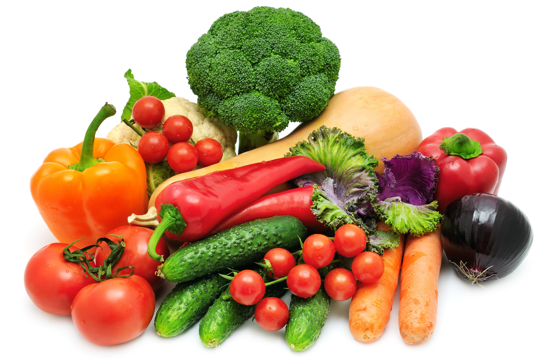
Gardening can be viewed as a daunting task for those that have never attempted it, and for regular gardeners they may notice that some vegetables are harder to grow than others. This article, 7 Easy Vegetables To Grow In Your Garden, will give you the inside scoop on the most manageable veggies to produce and maintain.
Cucumbers
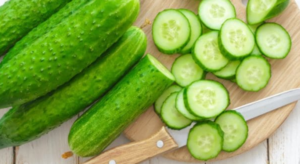
Cucumbers grow vertically making them easy to cultivate in containers like five gallon buckets or square boxes. They thrive in sunlight and warmth and if watered regularly they are virtually indestructible.
Bush cucumbers will most likely be the best option for new gardeners, or gardeners that do not want to be overwhelmed by a mass quantity of produce. Bush cucumbers specifically require a very little amount of space and attention, making them ideal for gardeners new and old. So grab some cucumber seeds and get planting!
Lettuce – Salad Greens
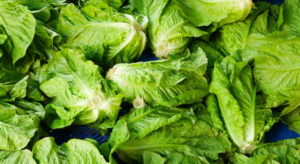
Lettuce is simple because there are so many different varieties to choose from and they are all easy to grow and sustain. Similarly to cucumbers, salad greens can be planted in containers or boxes and even sown with larger plants or flowers in the same pot.
Sow your lettuce seeds a quarter of an inch deep and an inch apart or scatter the seeds around the area and watch them grow! Crack off the outer leaves when they’re green and leave the center (head) so that the developing leaves can continue to grow. You’ll have lusciously lavish lettuce in no time.
Carrots
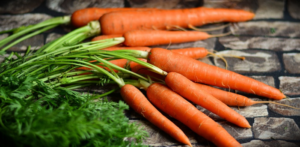
Use well-drained soil, make a raised bed, find a space with a moderate amount of sunlight, and voila, you have beautiful blooming carrots! The carrots that you do grow will often end up being on the small side, especially if the soil is rocky.
Be mindful to plant them in soil that is deep, loose, or loamy for the best results. Overall, carrots are colorful and fun vegetables to grow, making them perfect for beginners or those that just want to plant simple, useful produce.
Zucchini
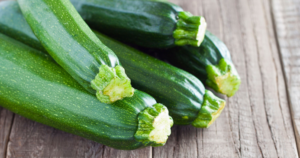 Zucchini plants are incredibly bountiful if planted correctly. Luckily, planting zucchini is not difficult to produce and can be done by anyone. The seeds thrive in spaces like mounded soil or containers. Watering and fertilizing are key components in generating the most from your zucchini crop.
Zucchini plants are incredibly bountiful if planted correctly. Luckily, planting zucchini is not difficult to produce and can be done by anyone. The seeds thrive in spaces like mounded soil or containers. Watering and fertilizing are key components in generating the most from your zucchini crop.
The soil also needs to be moist and warm for the perfect grow. If you want the best results for your crop than wait to sow until the warmer seasons, ensuring the best soil for your zucchini seeds. It’s so easy and you’ll be set for months!
Green Beans
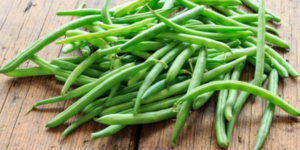 There’s nothing like green beans in the summertime. All green beans require direct sow. There is a large variety of green beans so you’ll want to decide which kind you would like to plant. The half runners (vine forms) can be fun to watch grow, but the bush variety of green beans are typically smaller and easier to manage.
There’s nothing like green beans in the summertime. All green beans require direct sow. There is a large variety of green beans so you’ll want to decide which kind you would like to plant. The half runners (vine forms) can be fun to watch grow, but the bush variety of green beans are typically smaller and easier to manage.
If you decide to plant the vine beans, you’ll want to build or buy a trellis for optimum picking. After picking off the vine you’ll have to snap off the ends and de-string them.
If you opt to plant them in bush form you’ll be able to pick them straight from the bush with no hassle. Make sure to provide well-drained soil and adequate water. Green beans grow very easily but the big key to healthy harvesting is full sunlight. So sow, snap, and enjoy because you’ll have gobs of your own home grown green beans to last you all summer!
Tomatoes
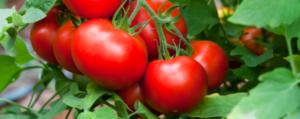 While tomatoes are technically a fruit, they are delicious, easy to cultivate, and more often used and associated with vegetables. So, for argument’s sake we’ll call tomatoes vegetables in this article. Buying starter tomato plants from nurseries or garden centers will be the simplest way to begin your tomato harvesting process.
While tomatoes are technically a fruit, they are delicious, easy to cultivate, and more often used and associated with vegetables. So, for argument’s sake we’ll call tomatoes vegetables in this article. Buying starter tomato plants from nurseries or garden centers will be the simplest way to begin your tomato harvesting process.
Start small and look for the “patio” group tomatoes if you can. Blossom end rot and splitting will be much less of an obstacle with the tiny varieties. Tomatoes can grow virtually anywhere with lots and lots of sunlight. Containers, hanging baskets, and boxes are perfect places for them to propagate. Add stakes or cages as an ultimate support for the tomato stalks. Ripe, juicy tomatoes should be plentiful for you until the first frost.
Pro Tip: Basil acts as a natural insect repellent so planting it next to your tomatoes will help to keep the pesky pests away! Also, it will really enhance the tomato flavor and it’s a breeze to grow.
Bell Peppers
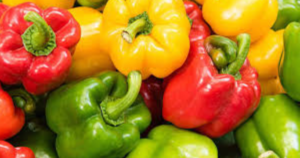 Always begin by seeding your peppers indoors. The warmer temperatures of your house will ensure that the plant gets a good head start. When you decide to plant them outside make sure that the temperatures stay above 55 F. (13 C.) throughout the night.
Always begin by seeding your peppers indoors. The warmer temperatures of your house will ensure that the plant gets a good head start. When you decide to plant them outside make sure that the temperatures stay above 55 F. (13 C.) throughout the night.
Ultimately, bell peppers thrive in really warm temperatures and if they are not sustained in those higher temperatures they will grow very slowly. Fertilize your soil and drain it well before putting the peppers in. Plant them roughly twenty inches or so apart. Once the peppers are planted, water them regularly to keep them moist. Harvest your bell peppers when they are firm, green, and around 3-4 inches long. Fertilize the soil again after the first crop to help cultivate another crop, and you’re all set!
Final Word
Gardening is a rewarding activity. By allowing time for yourself, getting much needed fresh air, and watching something blossom that you planted, you will feel so at ease. Spending less money on produce doesn’t hurt either. These seven vegetables can be used and prepared in a variety of different approaches. Don’t be afraid to get started. Gardening is easy and it will be worthwhile in the end.

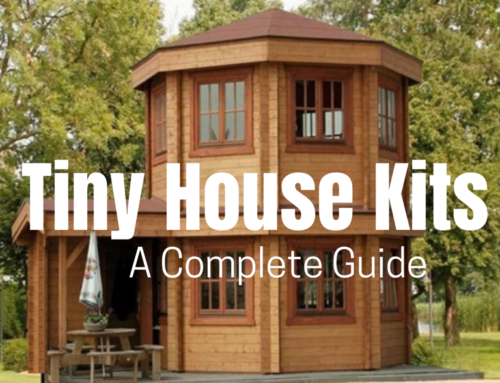
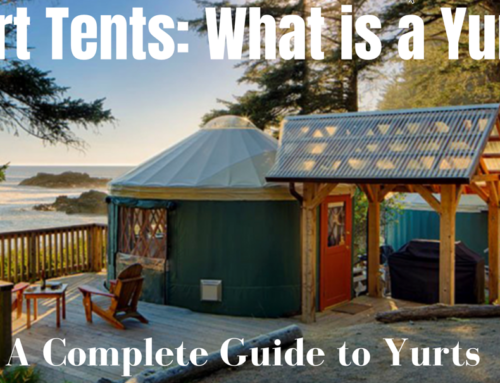

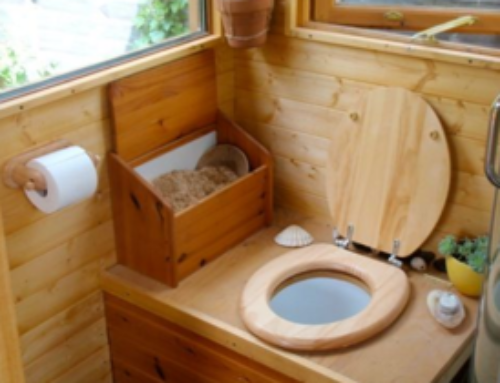
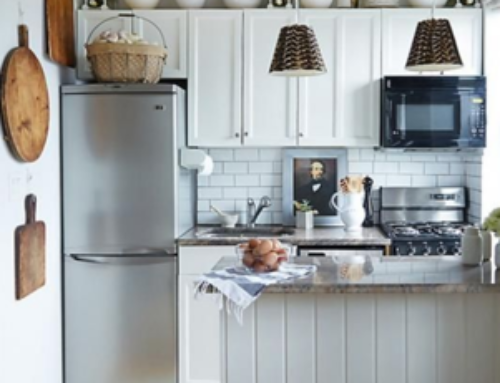
Leave A Comment